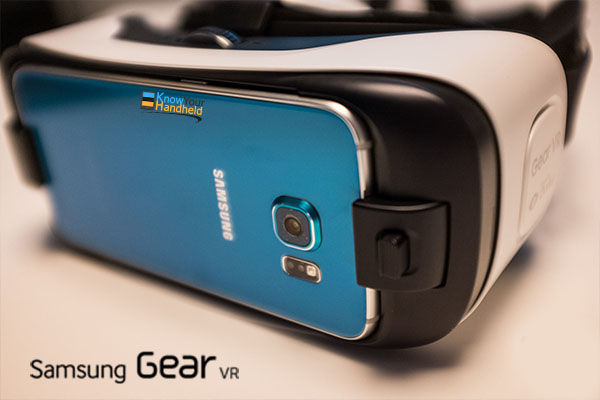Can Virtual Reality Become Mainstream?
When virtual reality broke into the consumer market for the first time, in the mid-1990s, it was just as exciting as it is today. It was at a time when movies like Johnny Mnemonic, Virtuosity, and Lawnmower Man promoted the idea of cyberspace, and arcades were suddenly filled with VR games. Unfortunately, the computers available at the time have failed to offer an immersive and high-quality experience that would have kept the technology alive, and headsets were quite expensive, too, so people soon moved on to the next big thing. Among them, the rise of minimum deposit casinos online that have become mainstream around the same time.
VR has returned, though, creating a lot of buzz in the media. Palmer Luckey’s Oculus Rift pushed it back to the front page of – digital – newspapers, rekindling the enthusiasm of gamers all over the world. Last year, the first “true” commercial VR headsets were released… and they failed to appeal to the masses. One of the main culprits for this was their price – initially, the Oculus Rift cost $599, and it needed a pretty powerful computer to be used. The price of the Rift has decreased twice since then, yet VR headset sales are still pretty low compared to the expectations of some enthusiasts – and by far not big enough for us to be able to speak about the technology becoming “mainstream”.
Not that there wasn’t enough interest in the technology – untethered headsets like Samsung’s Gear and Google’s cheap Cardboard have sold tens of millions of units in 2016, and there were more than 200 companies developing VR-related technologies and content by 2016. But VR development is still at a stage too early to become the big hit some expect it to be. Author Philipp Steuer compared the current state of VR to that of the smartphone market before the iPhone – the age of PDAs, Windows Mobile, and styluses. Apple’s iPhone made smartphones easy to use, which appealed to the masses – and when Google’s Android jumped on the train, it transformed the smartphone market into the mass market we know today.
Virtual reality still has quite a few problems to overcome before it could reach the “iPhone” point in its evolution. For one, it has to lose the wires that tether people to their PCs. Then, it has to lose the buttons it still uses for some functions and has to solve the problem of nausea that appears in the case of many of its users. In short, it has to become more intuitive and user-friendly and easier to use in order to be able to spread and grow into being a “mainstream” technology.
Make no mistake, virtual reality is here to stay. With so many major tech companies interested in it – think Google, Facebook, Samsung, HTC, Sony – and with so much content being produced for it, it’s just a question of time.


















One Response to Can Virtual Reality Become Mainstream?